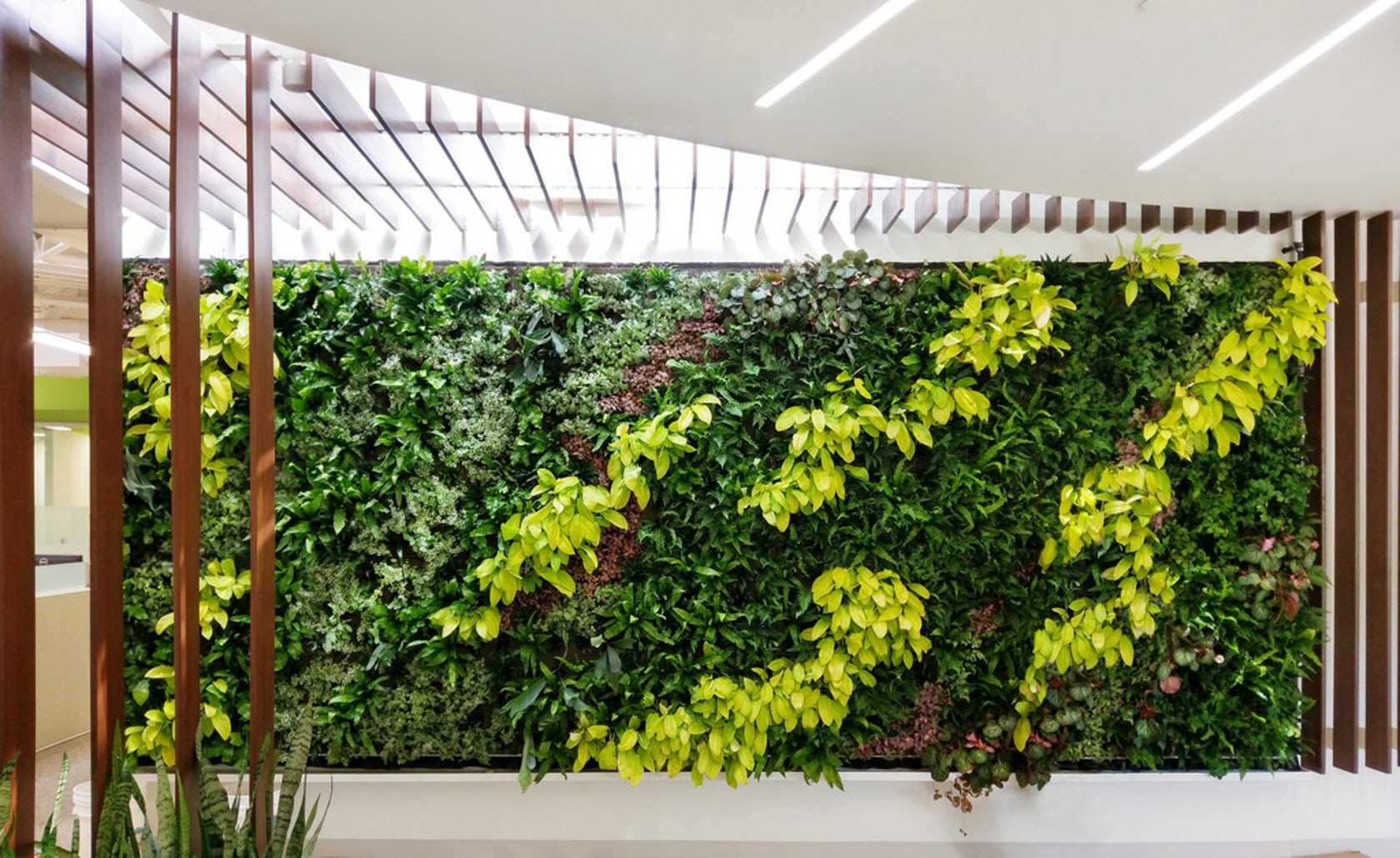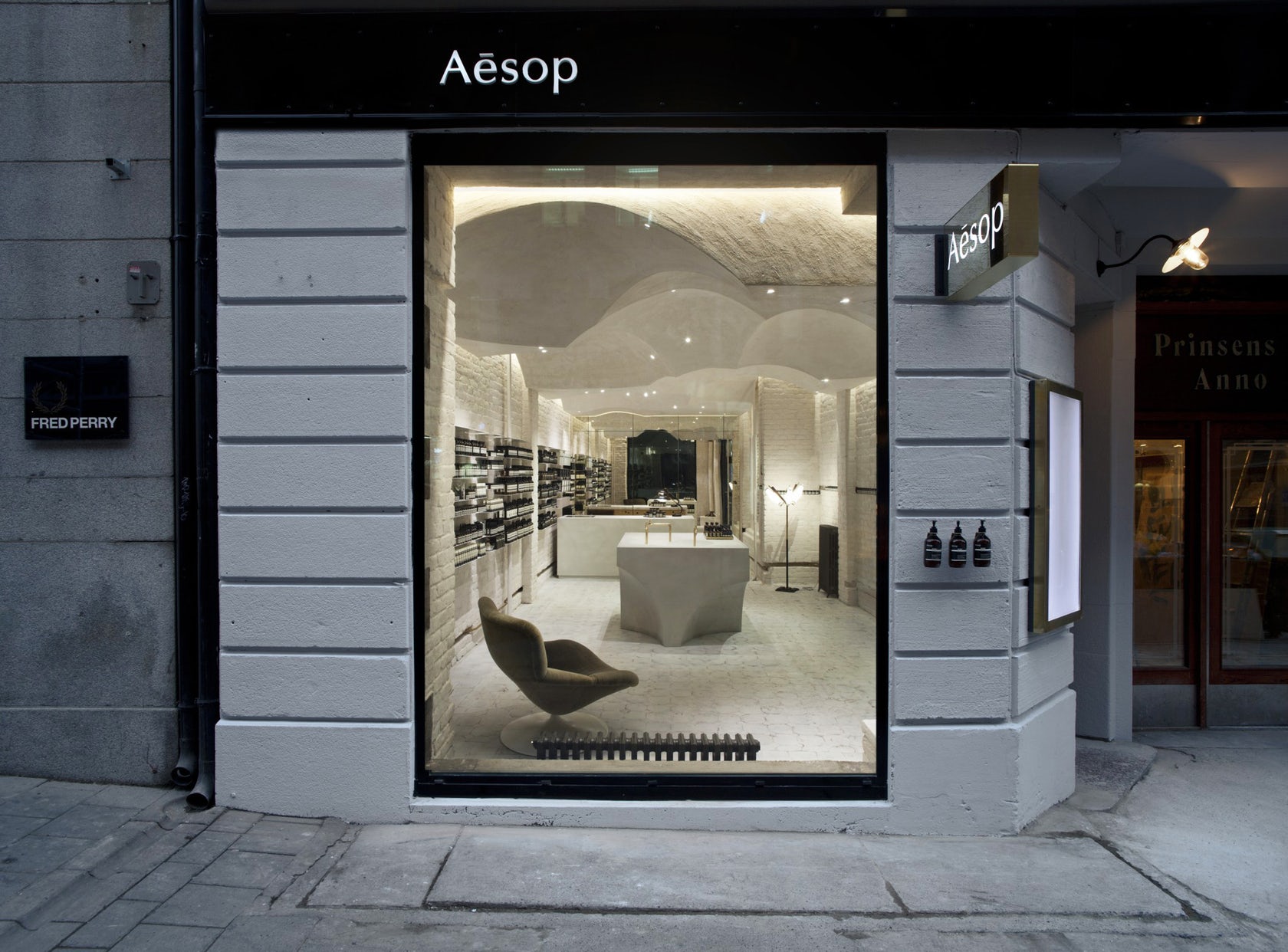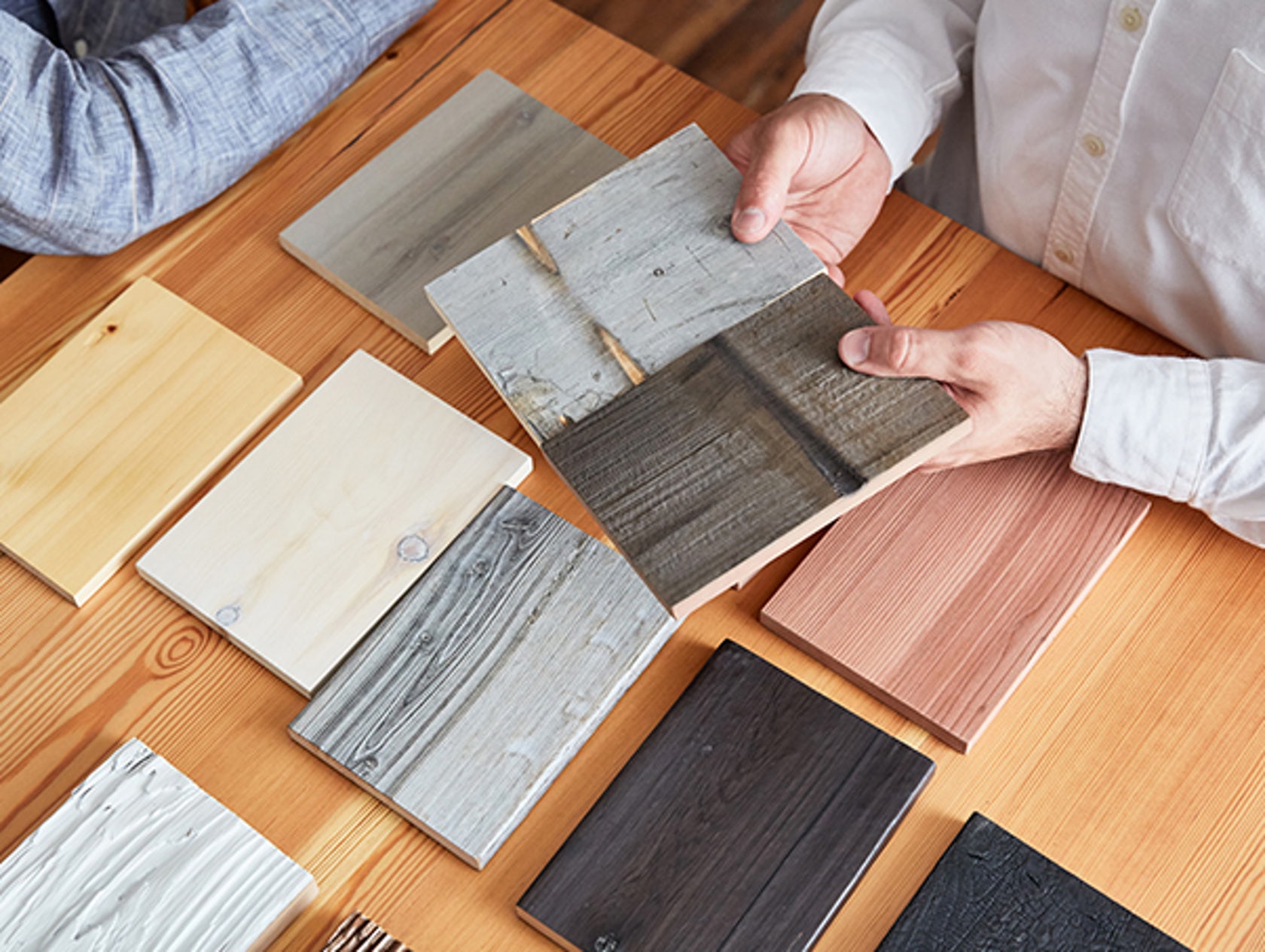It’s common knowledge that plants in the workplace make employees happier. Studies have shown that greenery and houseplants increase productivity, memory retention and the ability to perform other cognitive tasks. Cumulative research over the past 20 years has also found that plants reduce mental fatigue and improve air quality, among many other benefits.
These days, beautiful living walls are often integral to the design of cutting-edge offices, schools and hospitality spaces, from the Advocate Illinois Masonic Medical Center in Chicago to the Wiscnet corporate headquarters in Madison, Wisconsin. But many people still assume that these lush vertical landscapes are out of reach — after all, aren’t they difficult to specify, expensive and hard to maintain?

Sagegreenlife’s Verdanta “Flourish” green wall
The team at Sagegreenlife are experts in designing, manufacturing and installing custom living green walls, and now the company has partnered with renowned global architecture firm Gensler to create a pioneering double-sided green partition that anchors its new Verdanta™ collection of manufactured walls.
These revolutionary living partitions come with plants on both sides (named “Duet”) or with a whiteboard work surface on the second side (called “Productivity”) and prove that living wall systems are compatible with any space and budget. Below, Sagegreenlife Founder Richard Kincaid and Steven Meier, a principal product designer at Gensler, share the unique benefits of the Verdanta living partitions that make it effortless to bring a bit of the outdoors inside.

Sagegreenlife’s living wall at the Advocate Illinois Masonic Medical Center, Chicago
1. It’s easy to take care of.
The plug-in “Duet” and “Productivity” partitions don’t require any plumbing or bracing (no asking a landlord for permission to install!). “You can put them anywhere,” says Kincaid, “as long as you plug them in.” While typical living walls require that owners purchase grow lights separately, the Verdanta living partitions’ LED plant lights are built in, complete with timers and battery backup. Integrated lighting also means that owners can place these walls in spaces without access to daylight. Watering is streamlined, as well: The partitions’ hidden tanks are self-watering and only need to be refilled every two weeks.
The patented Biotile hydroponic system at the heart of all Verdanta products also means that these panels are soil-less (no mess and no bugs!), and the layered basalt rock fiber evenly distributes water, oxygen and nutrients for stronger, healthier plants.

Sagegreenlife’s modular Verdanta green wall
2. It’s mobile, modular and flexible.
Low-friction wheels ensure the Verdanta partitions are not stuck in one location within a space and owners can easily join the panels with others (there are two width options: 4 feet and 6 feet).
In addition to the double-sided partition design collaboration with Gensler, the Verdanta product collection also includes a re-locatable free-standing wall in a range of sizes that holds up to 360 plants and can be easily secured to a wall in two places (called the “Flourish” model). No more than 7 inches deep and engineered in a modular construction that can reach more than 9 feet tall and extend as wide as desired, the Verdanta “Flourish” walls are a perfect blend of form and function.

Sagegreenlife’s Wiscnet vertical garden installation, maintenance by Red Square Flowers
3. It’s beautiful.
“While Sagegreenlife still provides custom living walls, our Verdanta collection is so much more relevant in so many places,” says Kincaid. In the Duet and Productivity living partitions, Sagegreenlife and Gensler collaborated to configure a streamlined, sleek design that takes office and institutional design into consideration (sight lines, seating heights, etc.).
Verdanta partitions can hold 120-360 plants and are very compact. Its vertical panel is less than 10 inches in depth and stands on a base that is only 24 inches deep. Water can be poured directly into the tank when it needs to be refilled, giving the partitions a minimal profile. “We have one of the prototypes in our office here in Chicago,” says Meier. “Everyone loves it. People were surprised that the plants are real, because they’re not used to seeing living walls at that scale.”
As he says: “Just add water.”









